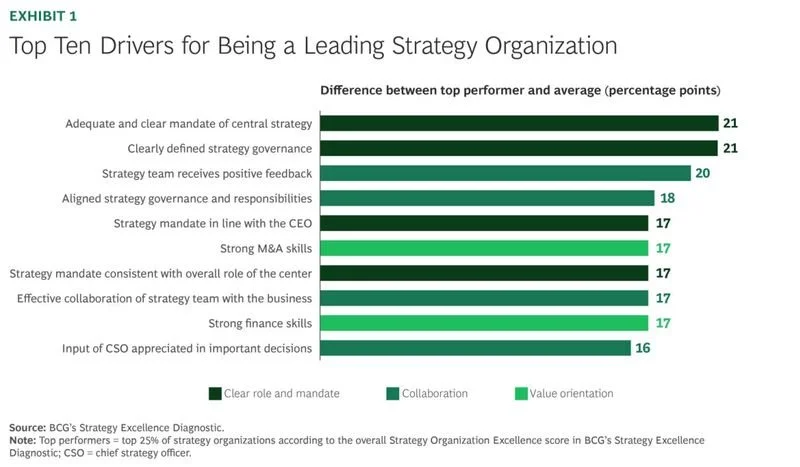Strategy doesn’t just fail because it’s flawed. It fails when no one owns it.
Strategy doesn’t just fail because it’s flawed. It fails when no one owns it.
That’s the deeper takeaway from BCG’s latest analysis — and one we’ve seen play out repeatedly in public markets.
“If the CEO and CSO aren’t aligned, there’s a fundamental problem.”
At Eagle Talon, we view that as more than a governance issue. We see it as an investment signal.
When ownership breaks down, execution weakens, and the risk of failure rises.
Strategy teams juggling multiple mandates are far less likely to outperform.
The CEO assumes alignment across the senior team.
The CSO assumes the CEO is driving the strategic priorities.
With no one clearly accountable, the organization drifts.
We’ve seen this play out in public markets:
Strategy loses traction long before the numbers reflect it.
It starts with vague mandates, blurred roles, and unspoken assumptions — and ends in missed targets and value destruction.
BCG’s research highlights what top performers have in common:
- A clearly defined, singular strategy mandate
- Explicit CEO–CSO alignment
- Governance structures that fit the mandate and mirror the organization's design
That’s not just best practice — it’s predictive.
Clear leadership accountability isn’t a nice-to-have.
It’s the difference between creating durable value and drifting toward irrelevance.
Full article: https://lnkd.in/eBG_UqRT

